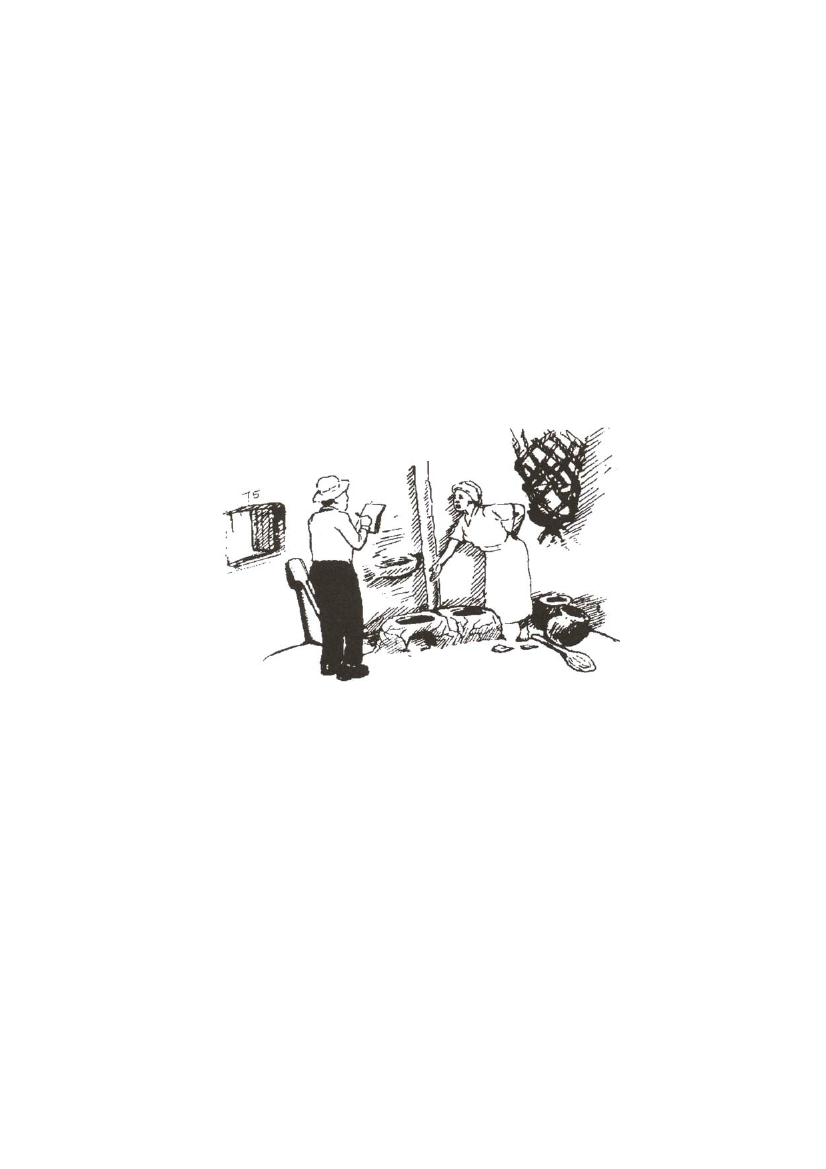
production of improved mud stoves and the need to recognise indigenous knowledge, local
innovations and responses to improved stoves. Lack of networking and information exchange has
resulted in promotion of mud stoves that are inappropriate in some areas.
The current situation in mud stove promotion is that the level of knowledge varies and is found
in ‘pockets’ of communities in the region. For instance, in Mwanza, North pare and Morogoro in
Tanzania, kabala and Masaka in Uganda, and Rusinga Islands, Kapsabet and Murang’a in Kenya.
The skills and knowledge are rarely shared amongst mud stove promoters or other interested
individuals and groups. This trend has slowed down the development of standard procedures for mud
stove making.
Follow up
Like any other development activity, follow-up in mud stove promotion is important. Mud stoves, unlike
ceramic stoves, require constant foll9ow-op because of their inherent weakness of deterioration. It
allows the promoter to assess the progress of stove activities in the field and to give advice where
necessary.
In most cases, follow-up activities help the promoter and the producer to upgrade the
technology, modify it, introduce others or re-train the community on various aspects of the stove. It
becomes particularly important to respond to the findings of the follow-up activity since mud stoves are
prone to deterioration if satisfactory maintenance is not carried out.
Figure 6.3 Mud stoves require constant follow-up
30